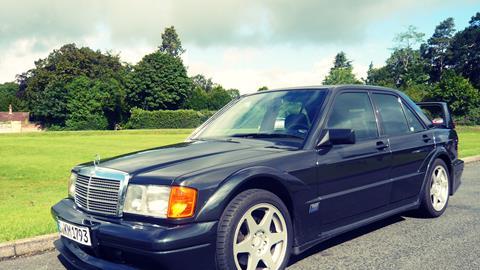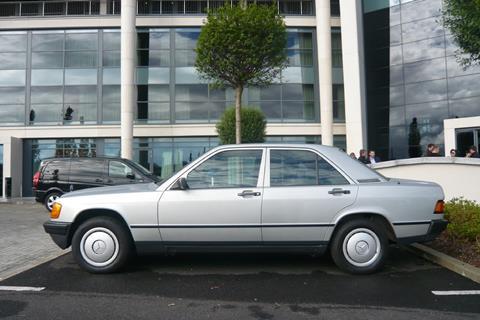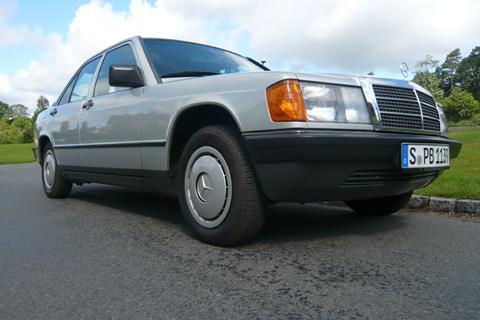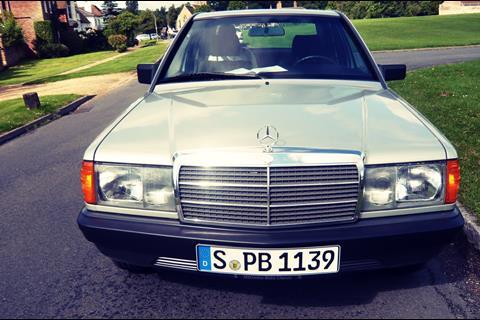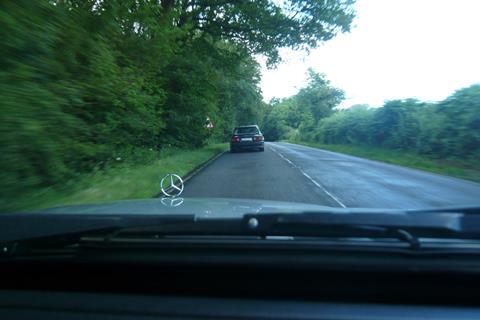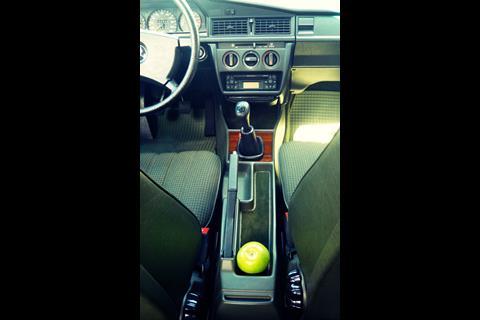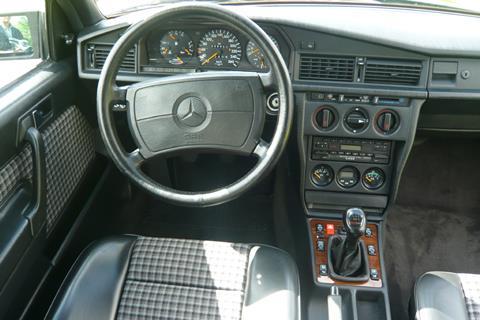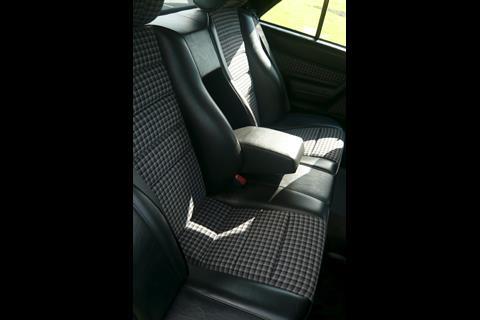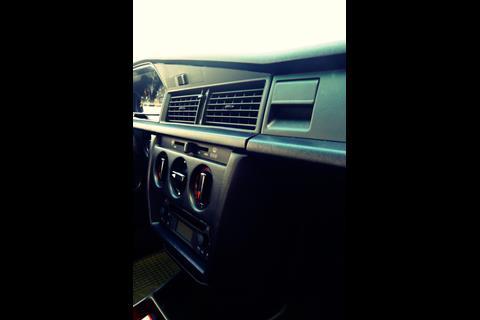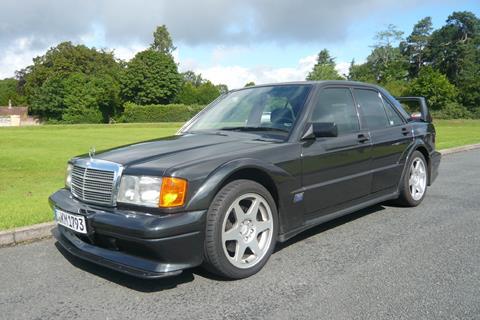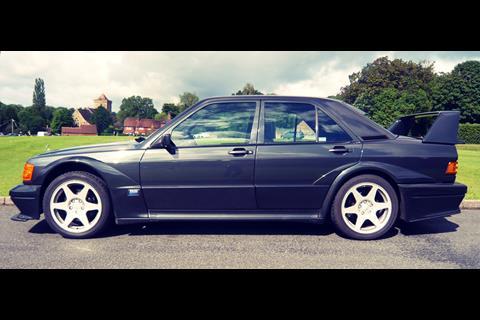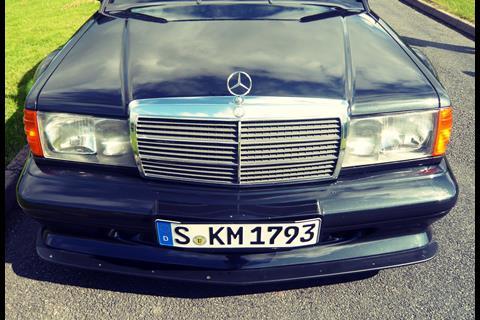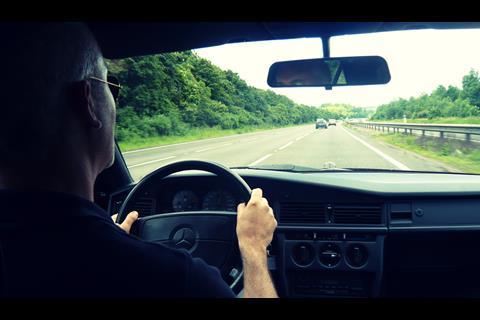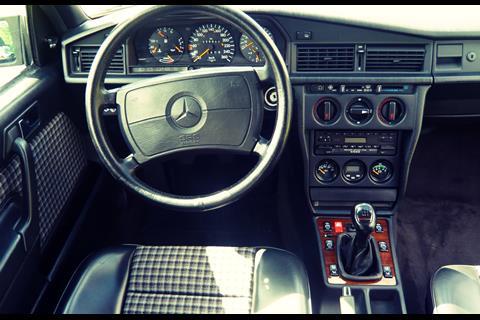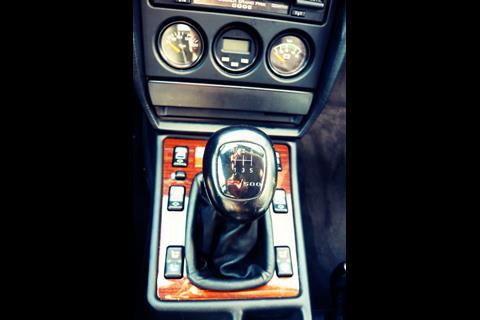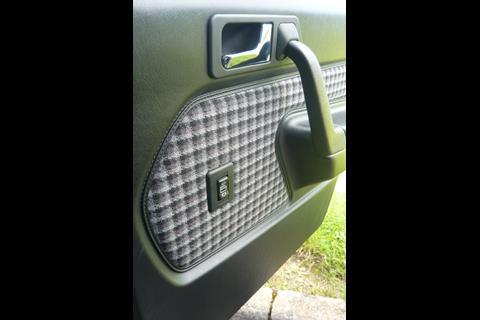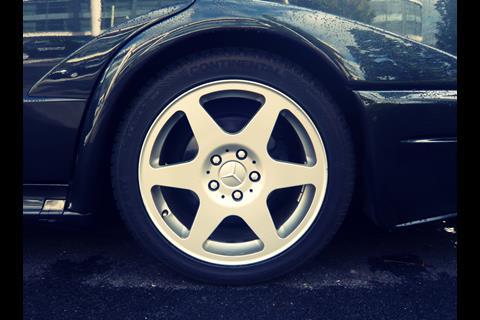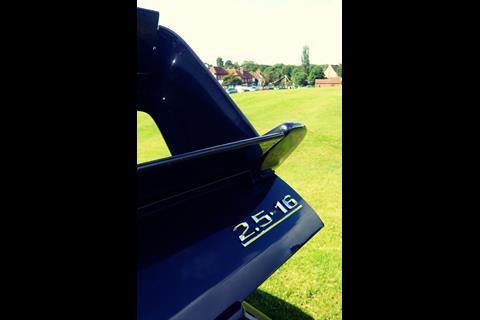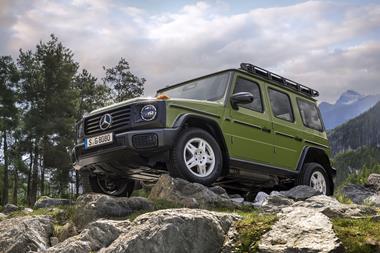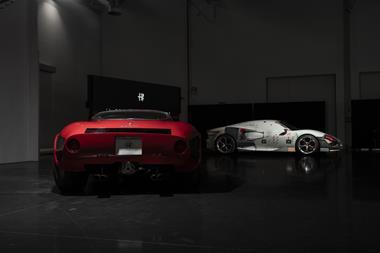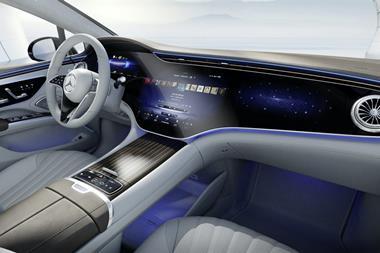It’s not often you get a chance to drive mint-condition classic cars carefully restored and garaged by someone else, so when the opportunity arose to captain two very different Mercedes 190s back to back – a less-is-more 1984 190 and its definitely more-is-more 1990 190E 2.5-16 Evolution II cousin – we grabbed both steering wheels with all hands available
The original 190 was designed in the late 1970s by the then Mercedes design boss Bruno Sacco and his eventual successor Peter Pfeiffer. Launched in 1982 this ‘Baby Benz’ became a massively successful model leading to the modern-day C-Class and is now rightly considered a classic.
The outwardly straightforward three-box sedan is an exercise in simplicity but with carefully considered proportions and details that create solidity in the car’s look and stance to reflect its highly engineered innards.
From the front the design is dominated by a proudly tall and wide grille accentuated by two bonnet creases leading back from its metal frame that suggest a good-sized front-mounted engine beneath.
Flanked by square lights that stretch to the edges of the car with amber side repeaters wrapping around each side, its width is emphasised, while a gently arrow-shaped black bumper beneath hints at forward motion.
From the side, a relatively fast and slim A-pillar sits in front of a near vertical B-pillar and an equally fast (in the opposite direction) wide and pleasingly vented C-pillar.
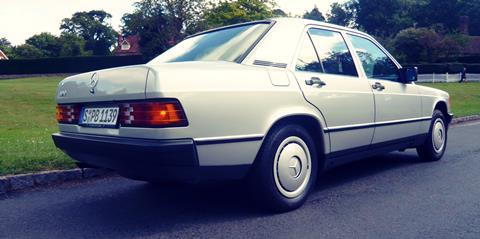
The car’s shoulder is angled downwards but is wide enough to visually suggest a glasshouse and cabin plugged into a solid body beneath. This body’s ‘hewn-from-granite’ visual feel is heightened further by an almost car-long horizontal ‘lip’ line running underneath the black door handles that pushes the middle side body section out further.
Two additional details – the slim black rubbing strip running from behind the front wheel arch to the rear bumper and the top edge of the solid black lower body side - reinforce the car’s horizontal lines. They also create a slimming effect to the body side, as does the higher front wheel arch’s closer proximity to the bonnet line.

In contrast, the lower rear wheel arch is slightly more pulled-out and sits further from the bottom of the wide C-pillar to add a feeling of rear-wheel drive solidity. Both wheel arches are smoothly ‘half hexagon’; a graphic echoed in the ‘full hexagon’ door handle indentations that extend the gently angular theme.
Inside, the understated elegance continues with three main driver’s dials sitting under a cowl whose top edge gently slopes down to cover the centre stack before running parallel with the lower IP feature line towards the passenger door.
With a high-ish driving position and a large front windscreen vision is great and the cabin airy and spacious. A thin but huge pizza-sized steering wheel is easy to wield and driving the 90PS 1,997cc engine is a breeze.
Despite the basic nature of this 190, there are still some upscale touches like a fabric-covered sunroof with a metal corkscrew-style T-bar handle. The colour scheme is that shade of matt olive associated with domestic bathroom suites of a similar age, but with well-preserved vinyl trim, check upholstery for the seats and door cards, light green rubber floor mats (plus our carefully positioned shiny green Granny Smith apple by the handbrake!) all the elements co-ordinate perfectly. The only jarring note is a square of faux-look wood veneer below the gearstick.
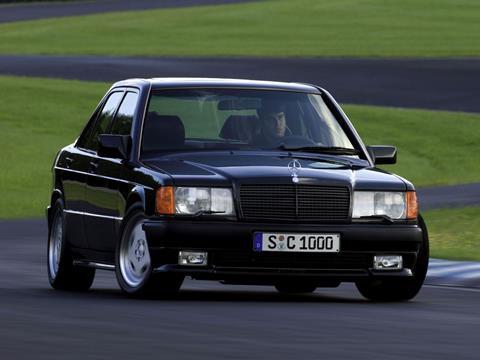
The 1990 190E 2.5-16 Evolution II by comparison is all ‘jar’, but still one hell of a car, despite its brash extras. Created to fulfil DTM rules insisting on a road-going version of its racing cars, the additional sporty elements have an unsurprisingly stuck-on feel.
With every feature exaggerated from the super-low front skirt and bulging wheel arches to the massive rear spoiler, it still exudes a swaggering confidence though, and after two decades it’s somehow tempered with a newfound charm too.
Modern-day go-faster youngsters loved it and we got oodles of dual-carriageway love from one gold-wheeled Subaru Impreza driver on our test drive who undercut several other drivers before accelerating alongside us to wave and point his undiluted approval. As the second of the EVO editions and only made in tiny numbers (502 worldwide) its rarity only adds to the allure.
Progress from the 235hp 2.5-litre engine is predictably swift but surprisingly comfortable too. Inside, four sporty but very supportive seats hug the figure - even the rear passengers - while cool tartan door card upholstery references the VW Golf GTI. Outward vision is again excellent - you can clearly see all the car’s corners for precise placement on the road.
A racing-style ‘dog leg’ gearbox - with first gear down to the left - adds to the authentic sports feel but with a forgiving clutch it’s easy to get used to. Adjustable suspension setting is another quirk of the car. Set at ‘standard’ it made for a very bouncy ride but with comfort as an upside - a rarity in ballsy sports cars of any era.
And perhaps the best test of these cars’ classic status, is that despite a long list of other gorgeous classic Mercedes vehicles to choose from at the special driving day - including a gull-winged 1955 SL300 and a mid-60s Pagoda – these two ‘young timer’ 190s were in hot demand, suggesting designs of real clarity and distinction, with enduring appeal and longevity.































